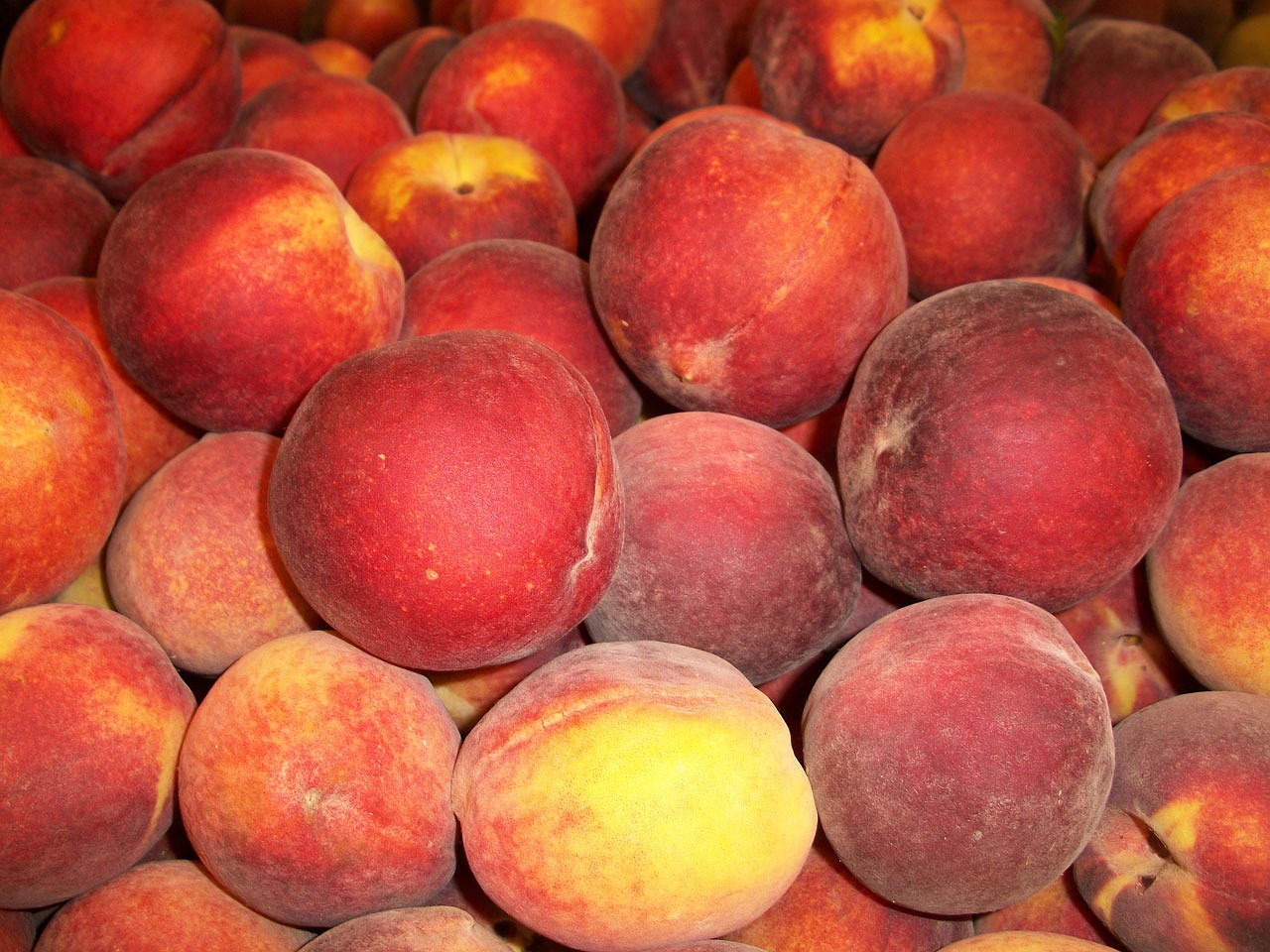The Science of Food Safety: Understanding Risks and Best Practices.
Foodborne illnesses are caused by consuming contaminated food or beverages. These illnesses can be the result of bacteria, viruses, parasites, or toxins present in the food. Symptoms of foodborne illnesses can range from mild gastrointestinal discomfort to severe dehydration and even death in extreme cases.
One of the most common causes of foodborne illnesses is improper food handling and preparation. Cross-contamination, undercooking, and poor hygiene practices in food establishments can lead to the spread of harmful pathogens. It is crucial for both food handlers and consumers to follow proper food safety guidelines to reduce the risk of foodborne illnesses.
Common Pathogens in Food
Salmonella is a prevalent bacterium found in various foods, including raw poultry and eggs, unpasteurized dairy products, and fresh produce. It can cause symptoms such as diarrhea, fever, and abdominal cramps, typically appearing within 12 to 72 hours after consumption. Proper cooking and handling of food can help prevent Salmonella contamination.
Another common pathogen in food is Escherichia coli (E. coli), which can be present in undercooked ground beef, raw milk, and contaminated water. Ingesting E. coli can lead to symptoms like stomach cramps, diarrhea (sometimes bloody), and vomiting. Ensuring thorough cooking of meat and pasteurization of dairy products is crucial in reducing the risk of E. coli infections.
What are some common foodborne illnesses caused by pathogens?
Some common foodborne illnesses caused by pathogens include salmonella, E. coli, listeria, and norovirus.
How do pathogens contaminate food?
Pathogens can contaminate food through improper handling, inadequate cooking temperatures, cross-contamination, and poor hygiene practices.
What are the symptoms of foodborne illnesses?
Symptoms of foodborne illnesses can include nausea, vomiting, diarrhea, stomach cramps, and fever.
How can I prevent foodborne illnesses caused by pathogens?
You can prevent foodborne illnesses by washing your hands regularly, cooking food to the appropriate temperatures, avoiding cross-contamination, and practicing good food safety habits.
Which foods are most commonly associated with foodborne pathogens?
Raw meats, poultry, seafood, unpasteurized dairy products, and raw fruits and vegetables are commonly associated with foodborne pathogens.





